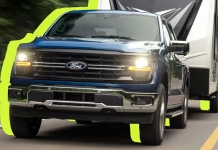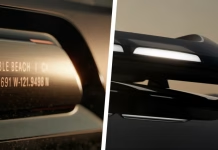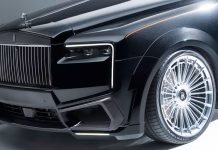Ford Recalls Over 100,000 F-150 Trucks for Axle Flaw That Risks Drive Loss and...
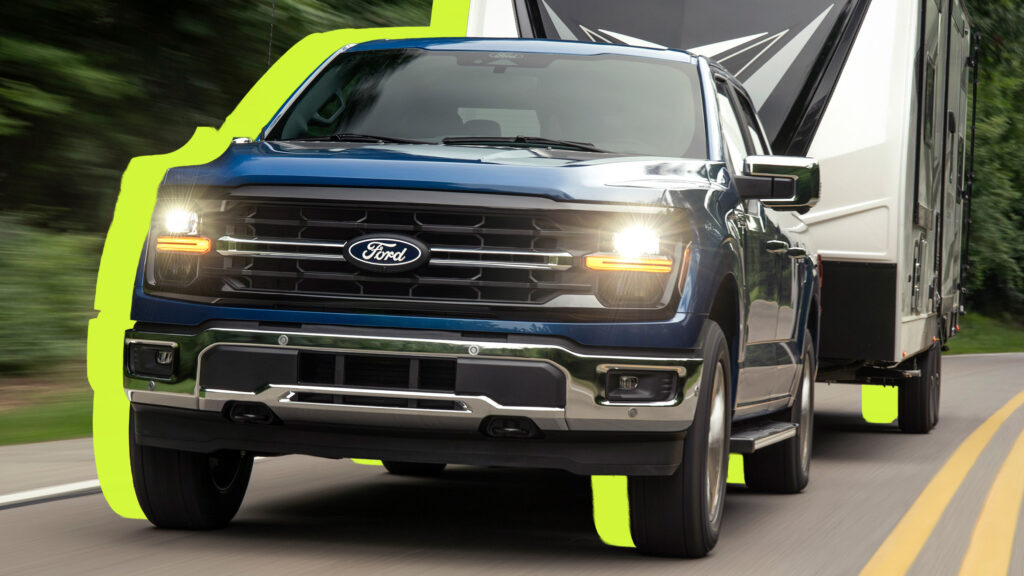
Bucking Hemi Mechanical Bull Stolen in Bold Heist at Roadkill Nights Event

Vauxhall Unveils Motorsport Inspired Electric Concept Previewing the Future of GSe Performance
 The concept will make its debut at the Munich motor show in September
The concept will make its debut at the Munich motor show in September
Vauxhall will showcase the future of its GSe performance sub-brand with a new concept that nods to motorsport icons of the past, such as the Manta 400 rally car.
The GSe sub-brand was relaunched in July as a badge for performance-honed versions of Vauxhall’s EVs, starting with the 276bhp Mokka GSe.
This concept, however, will go even further to “explore the boundaries of battery-electric performance vehicles”, hinting that more radical designs and upgrades will be used for future GSe models.
This is shown in a selection of preview images that reveal its motorsport-derived positioning: the concept will feature a slim racing steering wheel, lightweight bucket seats and a roll-cage.
Other images show aerodynamic alloy wheels and several triangular elements that Vauxhall says provide “a subtle nod to historic and iconic motorsport vehicles such as the Opel Manta 400 rally car”.
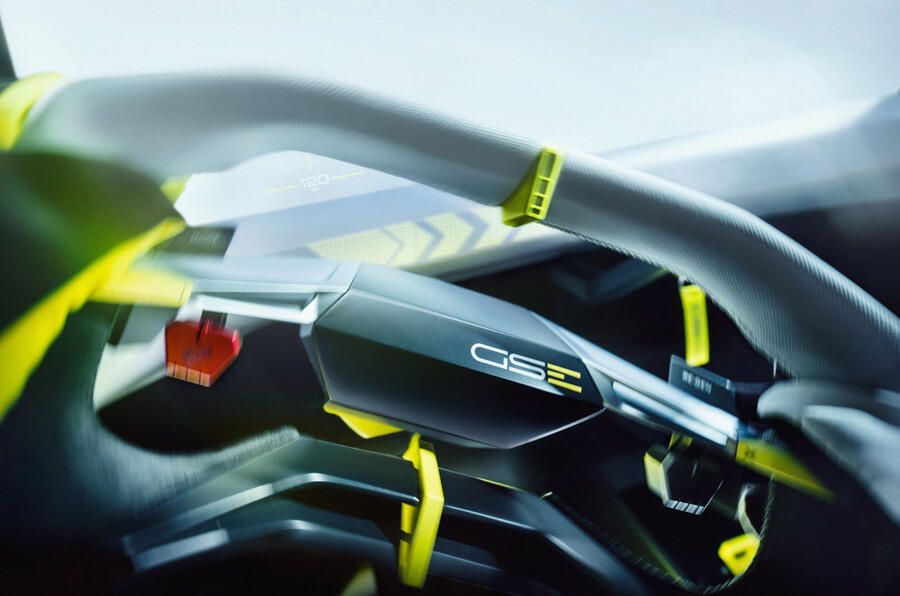
The firm has also hinted that some components of the concept could even preview more general aspects of Vauxhall’s future design, such as a new interpretation of its Compass motif, which is most notably used in its lighting signature.
It is expected that the concept won’t just be a design exercise and could preview a production model. “The concept will be very much at home on the racing track and offer a thrilling yet comfortable and safe driving experience,” said Vauxhall.
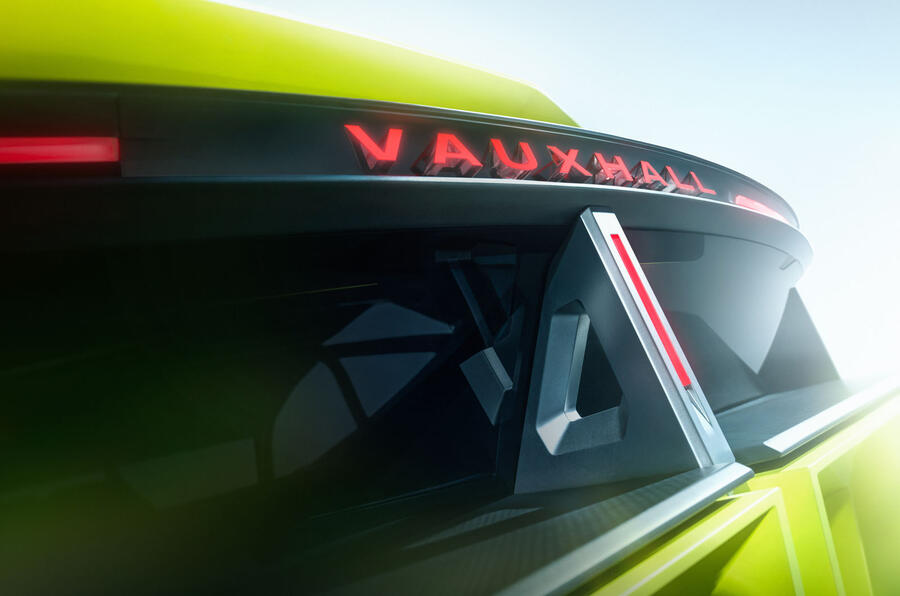
Full details are expected to be revealed in the coming weeks. The car will make its public debut at the Munich motor show on 8 September.
Lucid Unveils Rugged Electric SUV Concept for Adventure at Pebble Beach
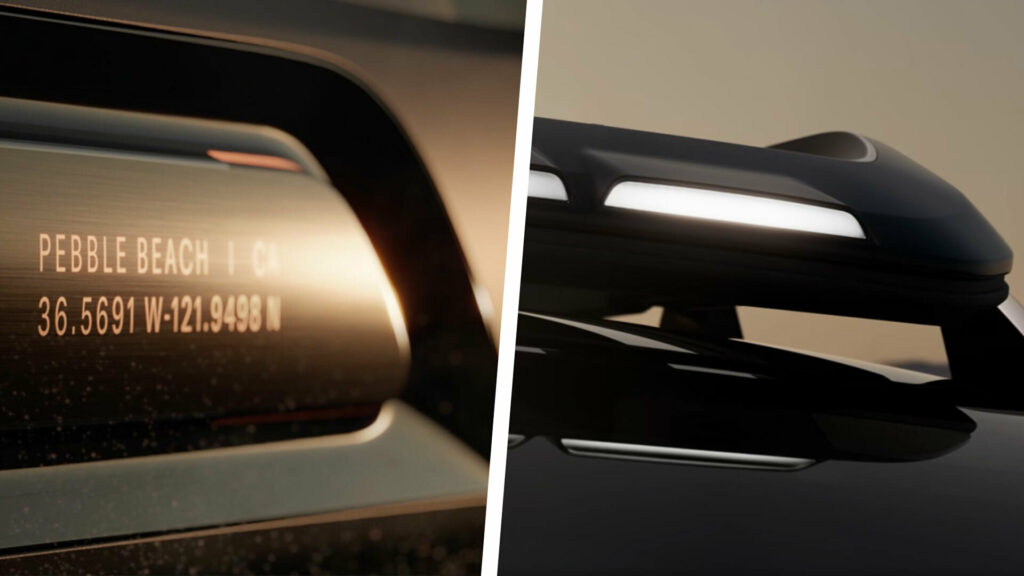
AI Fumbles Car Size Comparison With Bizarre Measurement Mix-Up

Tesla Seeks Drivers to Test Robotaxi Tech on New York’s Toughest Streets
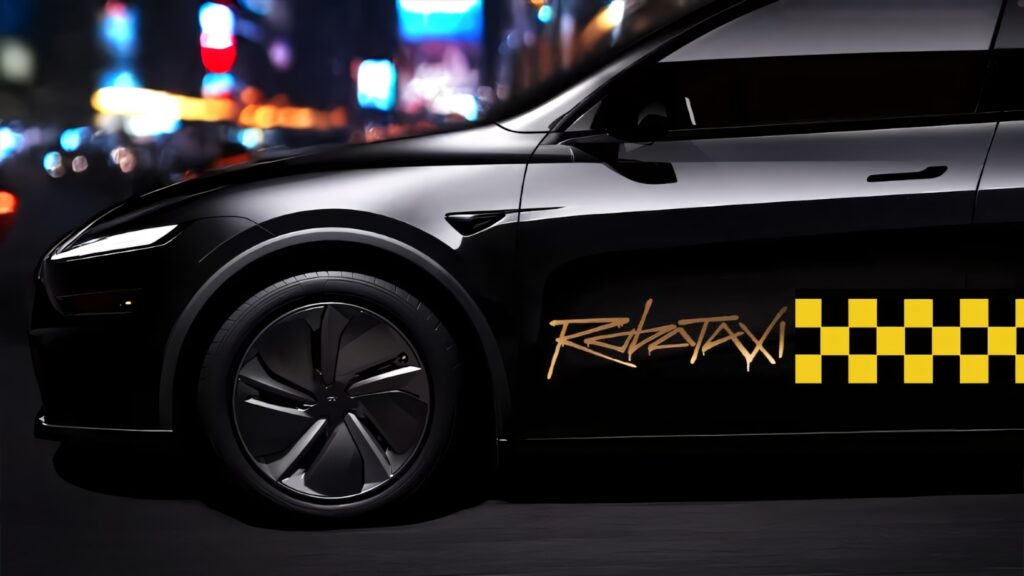
Delta Introduces Crunchyroll Anime Streaming on Flights

Alarming Surge in Unsafe Cars on UK Roads Sparks Urgent Calls for Stricter Tyre...

Tyres were the most common defect that resulted in drivers receiving penalty pointsTotal of 13,109 people were given points for driving unsafe vehicles in 2024, up from 8614 a year prior
The number of people penalised for driving unroadworthy vehicles rose by more than 50% last year – and, according to the RAC, it is “just the tip of the iceberg”.
New data revealed by a freedom of information request submitted by the firm shows that 13,109 motorists received points for driving cars in unsafe condition last year, up from 8614 in 2023.
Tyres were the most common defect, with 8495 drivers penalised for their condition.
Meanwhile, 1190 motorists received points for having faulty brakes, an increase of nearly six times from the 181 penalised a year prior.
The region in which drivers were given the most points for driving unsafe vehicles was Greater London, with 1765 people, followed by Yorkshire and the Humber with 1373 and South East England with 1167.
Explaining the rise, the RAC’s head mechanic, Nick Mullender, said: “The steep increase in drivers receiving points on their licences for unroadworthy vehicles is a cause for alarm as it could indicate more drivers are running the gauntlet and driving unsafe vehicles – although it’s also possible more drivers are being caught by the police.”
The data reflects a broader trend indicating a decline in vehicle maintenance in Britain. A record number of cars failed their MOTs on tyres last year; of these, more than a third had received advisory notices for their tyres’ condition a year prior.
That prompted calls from across the industry for MOT reform. Stefan Hay, Chief Executive Officer of the National Tyre Distributors Association (NTDA) told Autocar sibling title Car Aftermarket Trader (CAT) that the test’s advisory system was “no longer fit for purpose”.
“We advocate for the introduction of mandatory follow-ups on tyre-related advisories to ensure that necessary action is taken,” said Hay. “Tyre safety must be treated with the seriousness it deserves, not just by the tyre trade, but by regulators and motorists alike.”
Jamie Hassall, executive director for the Parliamentary Advisory Council For Transport Safety (PACTS), said: “I was told at the point of tyre change six million tyres are below the minimum legal requirement. This is a level the police just can’t deal with so there needs to be a more people-centred approach that helps drivers stay legal. And then those that chose not to act are the ones the police should target.”
Spofec Unleashes a 697-HP Makeover for the Rolls-Royce Cullinan Series II


